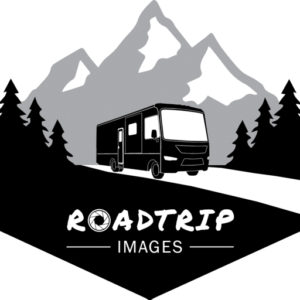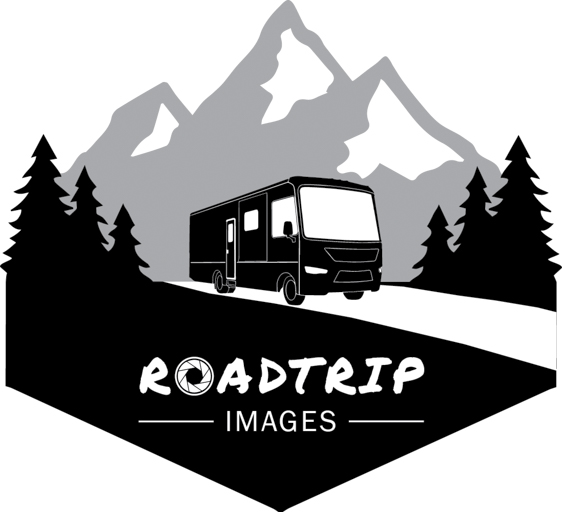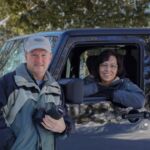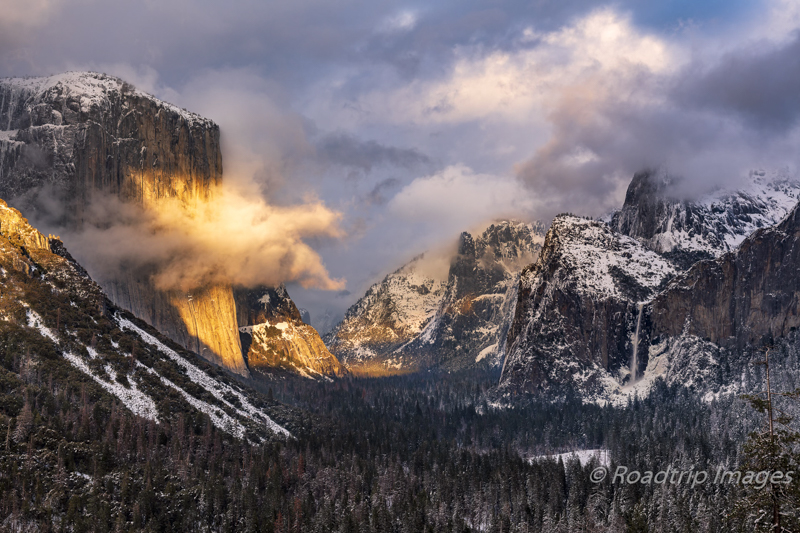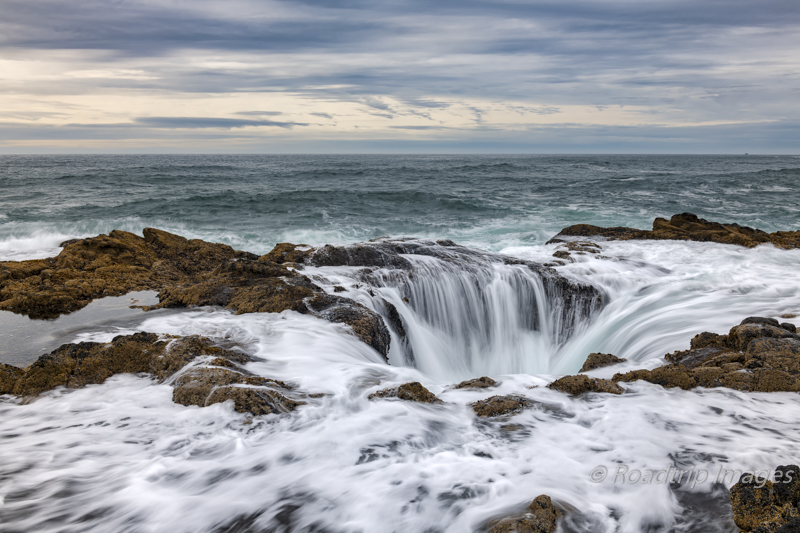Death Valley Sand Dunes - Mesquite Flats
Death Valley has many picturesque locations to shoot. One of the best are the sand dunes. Especially at sunrise.
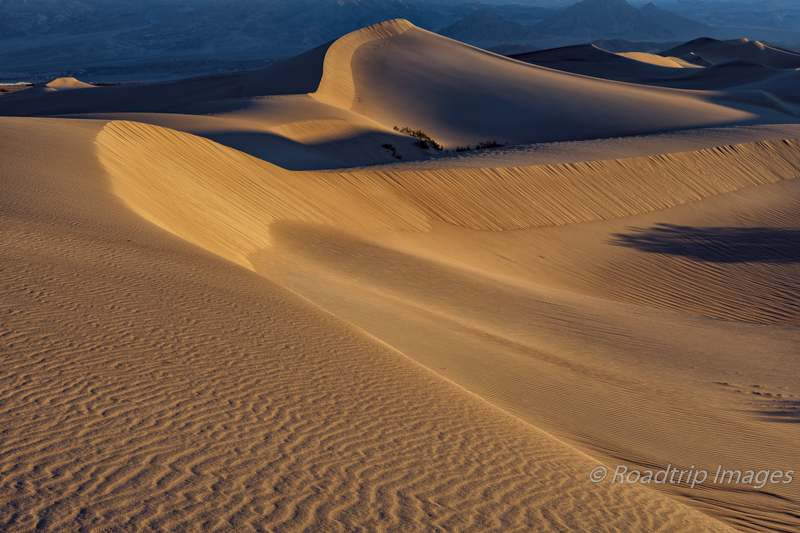
Mesquite Flats Sand Dunes
Death Valley has several sets of sand dunes. One of the biggest is Eureka Dunes in the northern part of the Park. We visited them a year ago. You can see that post here. One of the most visited dunes is Mesquite Flats. It’s located near Stovepipe Wells where there is a hotel, camping and a restaurant. The dunes themselves are an easy walk from the parking lot just down 190 from Stovepipe Wells. On any given day the dunes receive hundreds of visitors. This poses a problem for photography however. Tracks. Lots of tracks up and down the dunes. Fun for visitors, not good for photographs.
Each time we’ve visited Mesquite Flats it’s been a challenge getting a clean shot of some dunes without footprints. It’s really a place where you need to focus on more intimate sand dune scenes rather than the large vistas. Unless you have some wind. A windstorm to be more precise. Sustained strong winds reshape the dunes and erase the footprints. But you have to get out early after the wind subsides since it will be all tracked up again by mid-day.
We didn’t plan on it but that’s exactly what we had after we arrived at the campground in Stovepipe Wells. After a day of scouting out locations for a sunrise shoot, we had two days of 30-40 mph winds that kicked up quite the sand/dust storm. The RV and truck were infiltrated with the stuff. It was a tough stay at the campground. But we were rewarded after the storm subsided with perfect sunrise conditions. Clear skies and calm winds. It was a beautiful morning.
Making The Photograph
In order to be in position when the first rays of sunlight hit the dunes you have to hike out there in the dark. When we scouted our locations previously I recorded several GPS way points as well as our track so that we could find it in the dark. That and really bright headlamps made the 3/4 mile walk out to our vantage point pretty easy. Once we arrived on location I was able to set up and compose the image now that there was some light in the sky.
The success in shooting sand dunes is to get very low angled sunlight hitting the dunes. That means sunrise or sunset. This puts one face of the dunes in direct light and the opposite face in heavy shadow. That contrast is what makes the shot. The next element is finding some nice leading lines. S curves are ideal if you can find them. In the featured image above I had several nice curves in the composition leading the eye out to the main dune in the distance. I also wanted to include the patterns in the sand in the near foreground. This required focus stacking.
Landscape images typically only require three or four focus stacks to get everything sharp front to back. If you use a broad depth of field, say f/11, you can often get away with only two. I made four images for each stack in this case just to be sure I had everything I needed in post processing. I always start the series with the image focused close up and then proceed to make three more images with the focus point 1/3 back then 2/3 and then at infinity. These are combined later in Photoshop.
As soon as the first rays of light appeared on the dunes I started making the 4 shot series. I didn’t include any sky in the frame since there were no clouds anyway. This eliminated the need for exposure bracketing or graduated neutral density (GND) filters. The light changed quickly so I kept making the 4 shot series only a minute or so apart. It doesn’t take long for the light on the dunes to get very harsh. It’s a short show but it’s very nice.
An Alternate Scene
We had an attempt at a sunrise shot right before the windstorm. Unfortunately the sky was completely clouded over at sunrise so there was no shot. It was the calm before the storm though and a very pleasant morning. An hour or so after sunrise the sun broke through a hole in the clouds and back lit some low mist/clouds off to our right. It was a beautiful display of light. There were also a couple of people standing on the top of a distant dune that added some nice perspective to the shot. I’ve included it below.
Nikon D850 w/Nikkor 80-400mm @ 160mm. f/11 at 1/125th of a second. ISO 64
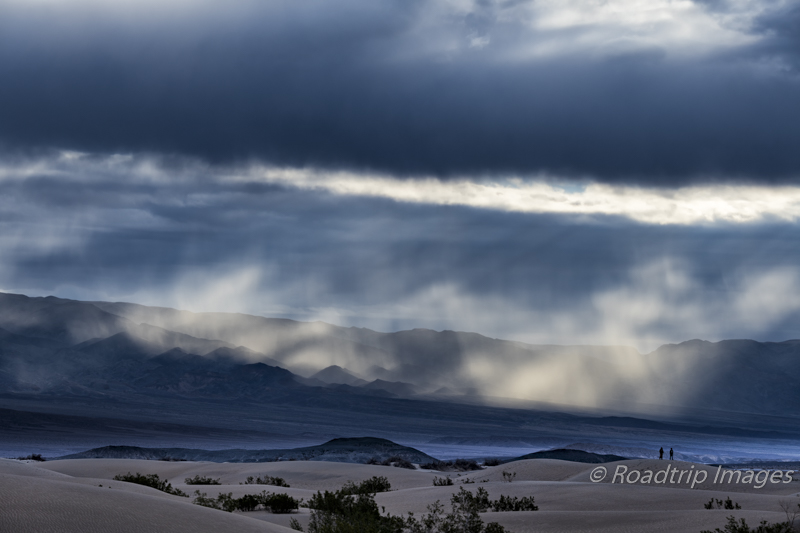
Final Thoughts
Our stay in Death Valley was marked by some pretty rough weather. Shortly after we first arrived in Furnace Creek we got a storm that dumped an inch of rain on the Valley. That’s half the average annual rainfall! Many roads were closed due to washouts. Then after we moved up to Stovepipe Wells we were greeted with the sand/dust storm. But we stuck it out and I’m glad we did. The sunrise shoot at Mesquite Flats was really beautiful.
Landscape photography is like that sometimes. Really nasty weather that turns many people away. Almost turned us away. But if you persevere, many times the clearing storm delivers some awesome photography conditions.
The featured image is available as a free wallpaper download. See the Shop page for more info.
Nikon D850 with Nikkor 24-70mm at 70mm. f/11 at 1/40th of a second. ISO 64 for featured image at top.
This is our video from Mesquite Flats Dunes
Subscribe and Get Free E-Book!
